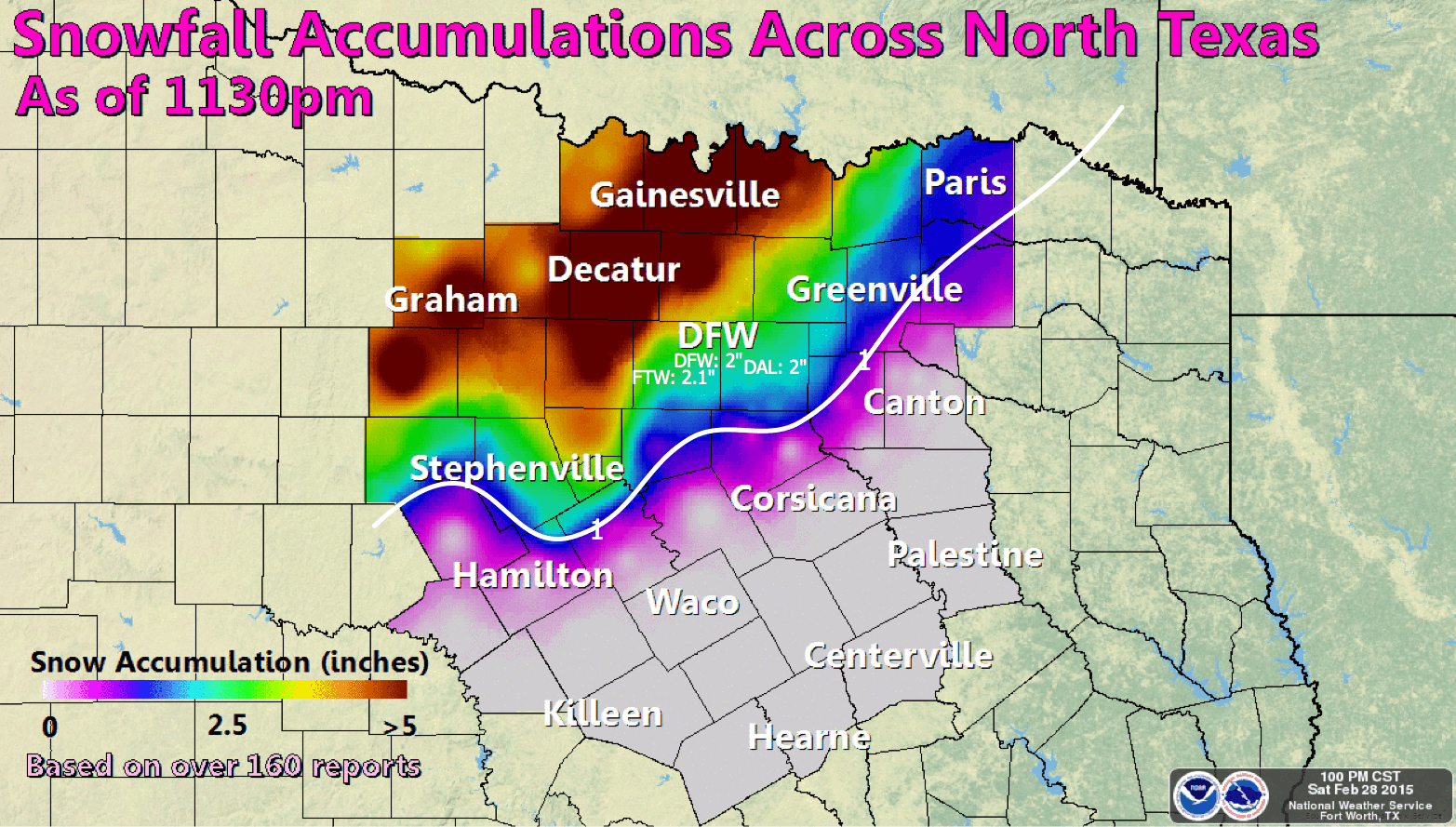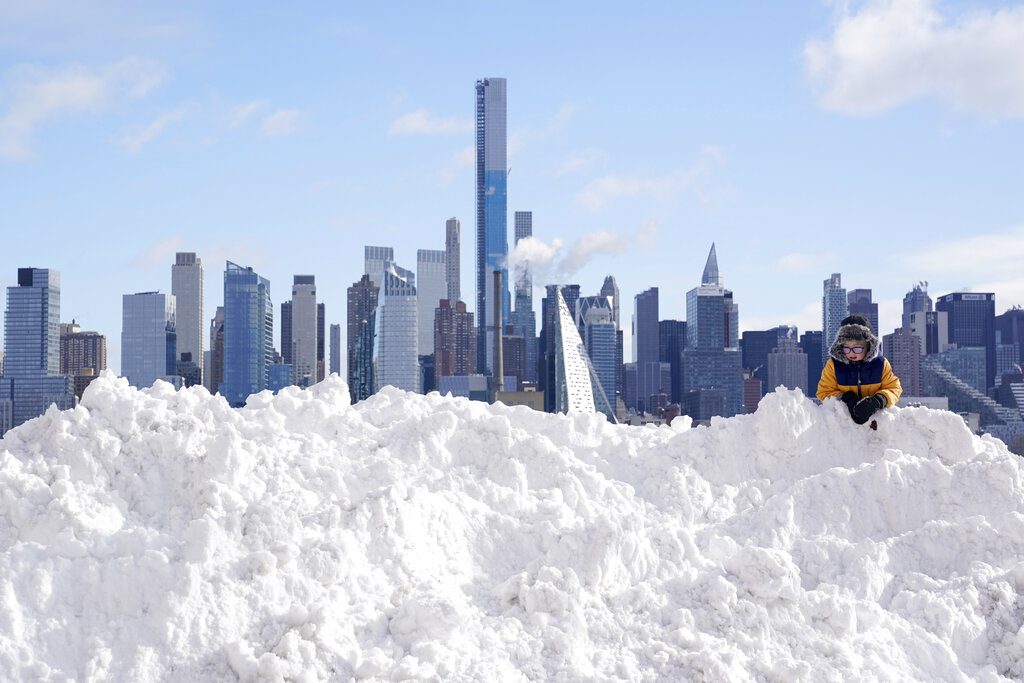

The storm continued moving eastward towards the Rocky Mountains while weakening, and later on January 29, the WPC terminated storm summary bulletins for the storm over the West Coast, as impacts had generally diminished. During this time, the storm's cold front and the atmospheric river gradually moved southward, reaching Southern California by 00:00 UTC on January 29, increasing the intensity of the precipitation in the southern part of the state. The low-pressure system responsible slowly moved eastward near the coastline, prolonging impacts until it moved inland early on January 29, in a weakened state. On January 27, the storm began moving towards the West Coast, with the storm's trough and cold front reaching the coasts of Oregon and Northern California, channeling a large atmospheric river into California in the process, triggering a Category 2 Atmospheric River event for California (based on a scaling system devised by the Scripps Institution of Oceanography that ranks atmospheric river events from 1 to 5). By 15:00 UTC, the Weather Prediction Center (WPC) began issuing storm summary bulletins for the storm, as it was impacting California. The main focus of this plume of moisture was directed towards the state of California on January 26, bringing heavy amounts of rain and snow. The system drew moisture northeastward from the North Central Pacific towards the West Coast of the United States in a phenomenon known as the Pineapple Express, an atmospheric river known to affect the West Coast of the United States for periods of time during the winter. The system subsequently occluded and strengthened, reaching a peak intensity of 984 millibars (29.1 inHg) at 18:00 UTC on January 26, before gradually weakening, while slowly moving southeastward. In late January 2021, an extratropical cyclone developed in the Northeastern Pacific Ocean, to the south of Alaska.

Meteorological history Map plotting the storm's track and intensity, according to the Saffir–Simpson scaleĮxtratropical cyclone, remnant low, tropical disturbance, or monsoon depression The nor'easter was ranked as a Category 3 winter storm on the Regional Snowfall Index (RSI) scale. The storm directly caused at least six deaths and indirectly caused the death of one, and is estimated to have caused over $1.85 billion (2021 USD) in damages. The state of New Jersey and the cities of New York City and Boston declared states of emergencies ahead of the storm and cancelled in-person schools for many, and dozens of flights were cancelled as well. Several states deployed snow equipment and many winter weather alerts were issued in advance of the storm, and several major cities issued snow emergencies. It was given the unofficial name Winter Storm Orlena by The Weather Channel. Large metropolitan areas such as Boston and New York City saw as much as 18–24 inches (46–61 cm) of snow accumulations from January 31 to February 2, making it the worst snowstorm to affect the megalopolis since the January 2016 blizzard. On February 1, the system developed into a nor'easter off the coast of the Northeastern U.S., bringing prolific amounts of snowfall to the region. The system moved ashore several days later, moving into the Midwest and dropping several inches of snow across the region. The storm first developed as an extratropical cyclone off the West Coast of the United States on January 25, with the storm sending a powerful atmospheric river into West Coast states such as California, where very heavy rainfall, snowfall, and strong wind gusts were recorded, causing several hundred thousand power outages and numerous mudslides. The January 31 – Februnor'easter, also known as the 2021 Groundhog Day nor'easter, was a powerful, severe, and erratic nor'easter that impacted much of the Northeastern United States and Eastern Canada from February 1–3 with heavy snowfall, blizzard conditions, strong gusty winds, storm surge, and coastal flooding. Part of the 2020–21 North American winterġ Most severe tornado damage see Fujita scale


 0 kommentar(er)
0 kommentar(er)
